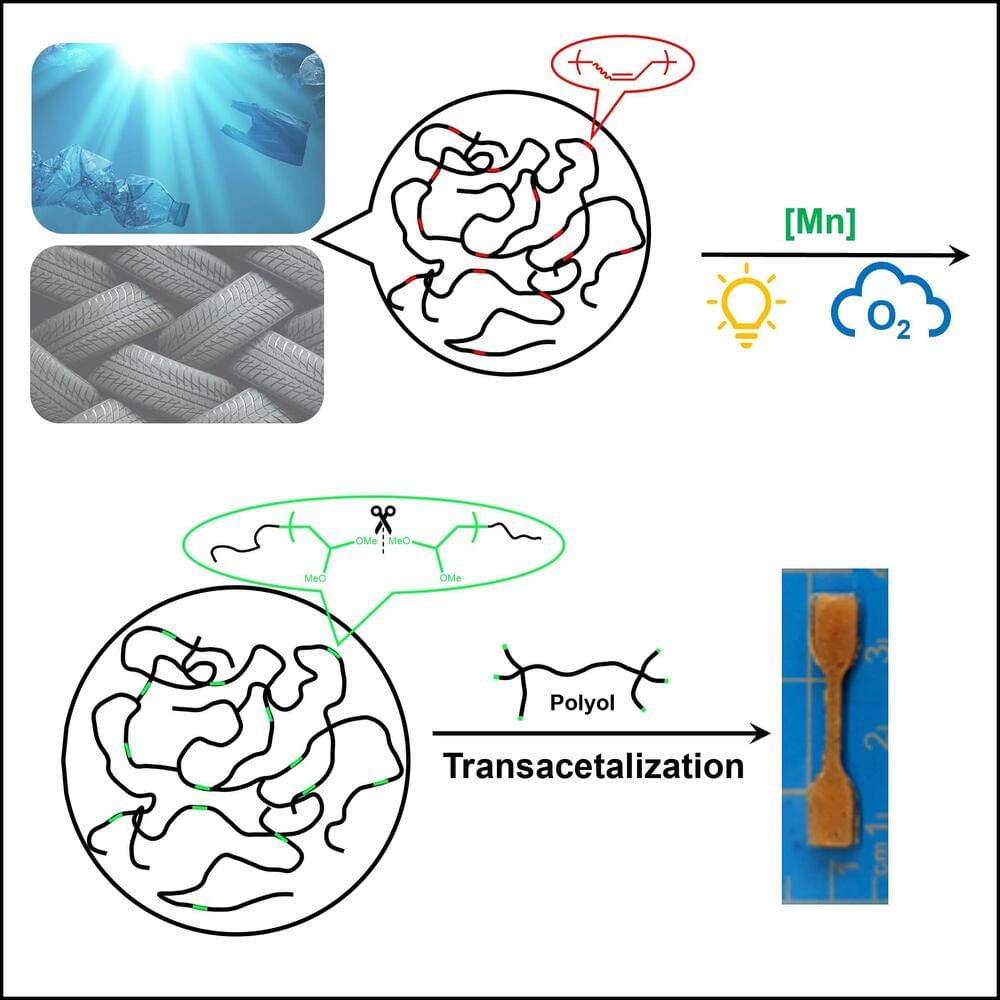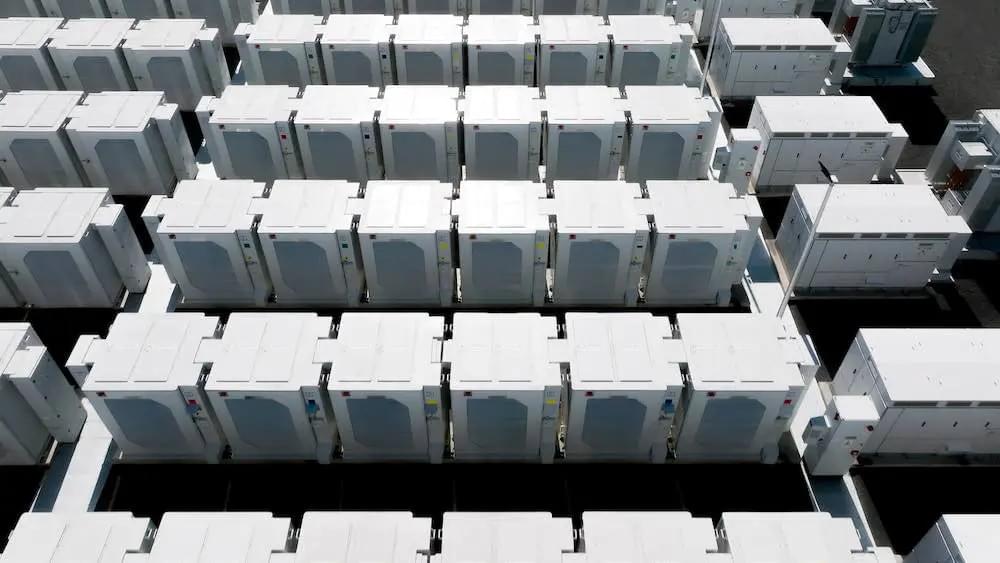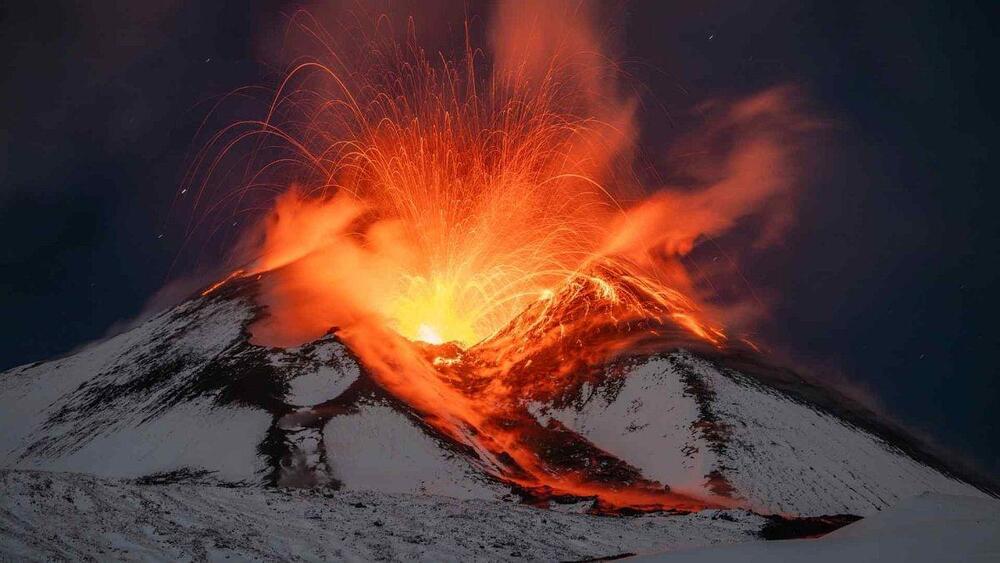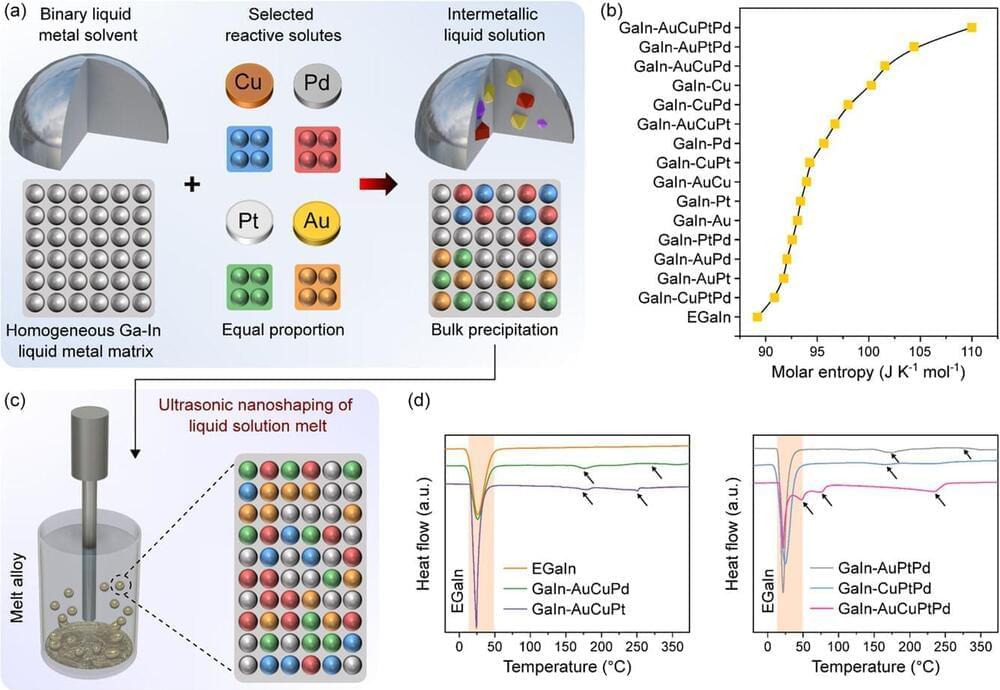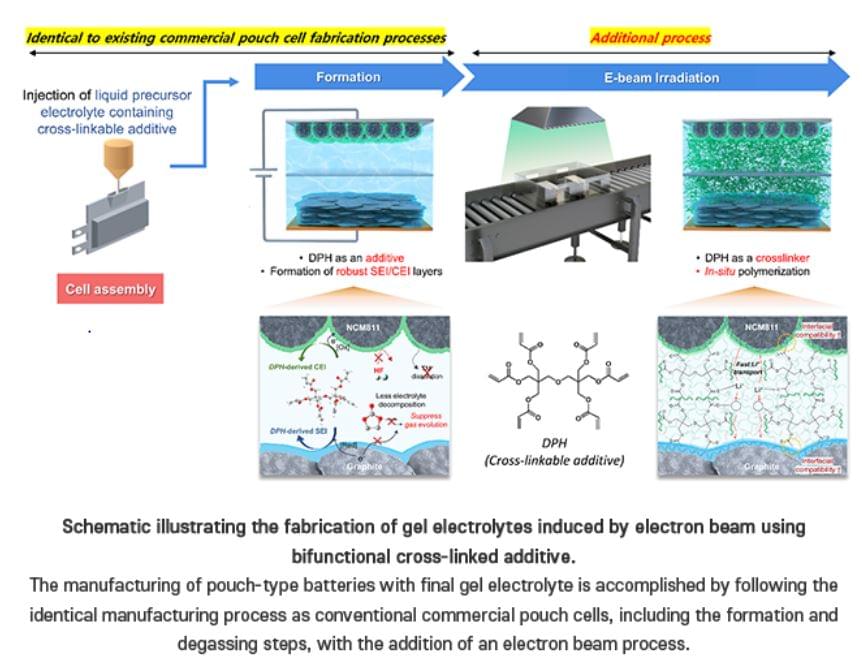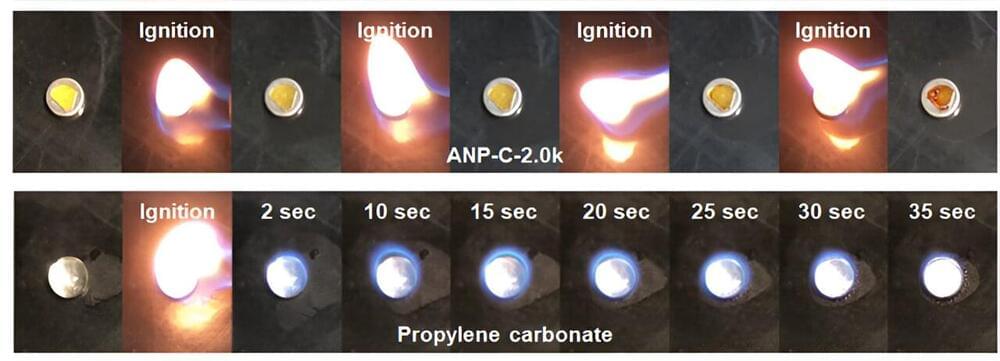Page 465
Jul 23, 2024
Innovative method uses oxygen and light to recycle unsaturated polymers
Posted by Shailesh Prasad in categories: innovation, sustainability
A study published in Cell Reports Physical Science showcases a novel method for the recycling of unsaturated polymers such as rubber and plastics.
Jul 23, 2024
Spanish energy giant unveils two huge battery storage projects in Australia
Posted by Shailesh Prasad in category: energy
Spanish energy giant Iberdrola has revealed two new battery storage projects in Australia – its biggest yet in the country – that will take its total capacity to more than 1,500 gigawatt hours.
The new batteries are a 250 megawatt (MW)/ 500 megawatt hour (MWh) Gin Gin project near Bundaberg in Queensland – although its EPBC application describes it only as a 500 MW project – and the 270 MW, 1,080 MWh Kingswood project in New South Wales (NSW).
To date, Iberdrola’s non-gas firming portfolio has been on the smaller side, making up just a fraction of the company’s 2.4 GW of installed renewables in Australia.
Jul 23, 2024
Catania airport closed: Flights cancelled or diverted due to Mt Etna
Posted by Genevieve Klien in category: transportation
Although many are being cancelled outright, some flights are being diverted to other airports in Sicily.
This is especially the case for flights that were already in the air when Catania airport was closed.
Don’t forget that Sicily is the biggest island in the Mediterranean. It is twice the size of Cyprus, a country in its own right, and it takes at least eight hours to drive all the way from east to west.
Jul 23, 2024
Pillars of Creation star in New Visualization from NASA’s Hubble and Webb Telescopes
Posted by Natalie Chan in categories: entertainment, space
Made famous in 1995 by NASA’s Hubble Space Telescope, the Pillars of Creation in the heart of the Eagle Nebula have captured imaginations worldwide with their arresting, ethereal beauty.
Now, NASA has released a new 3D visualization of these towering celestial structures using data from NASA’s Hubble and James Webb space telescopes. This is the most comprehensive and detailed multiwavelength movie yet of these star-birthing clouds.
“By flying past and amongst the pillars, viewers experience their three-dimensional structure and see how they look different in the Hubble visible-light view versus the Webb infrared-light view,” explained principal visualization scientist Frank Summers of the Space Telescope Science Institute (STScI) in Baltimore, who led the movie development team for NASA’s Universe of Learning.
Jul 23, 2024
Can We Burn Uranus? | Dead Planets Society Podcast
Posted by Dan Breeden in categories: asteroid/comet impacts, existential risks, physics

What would it take to set Uranus ablaze? Is it even possible to burn it in the typical sense? If anyone can figure it out, it’s the Dead Planets Society.
Join Dead Planeteers Leah and Chelsea as they invite planetary scientist Paul Byrne back to the podcast, to join in more of their chaotic antics.
Continue reading “Can We Burn Uranus? | Dead Planets Society Podcast” »
Jul 23, 2024
Are Black Holes Cosmic Vaults or Information Gateways?
Posted by Dan Breeden in categories: cosmology, Elon Musk, quantum physics, singularity, space travel
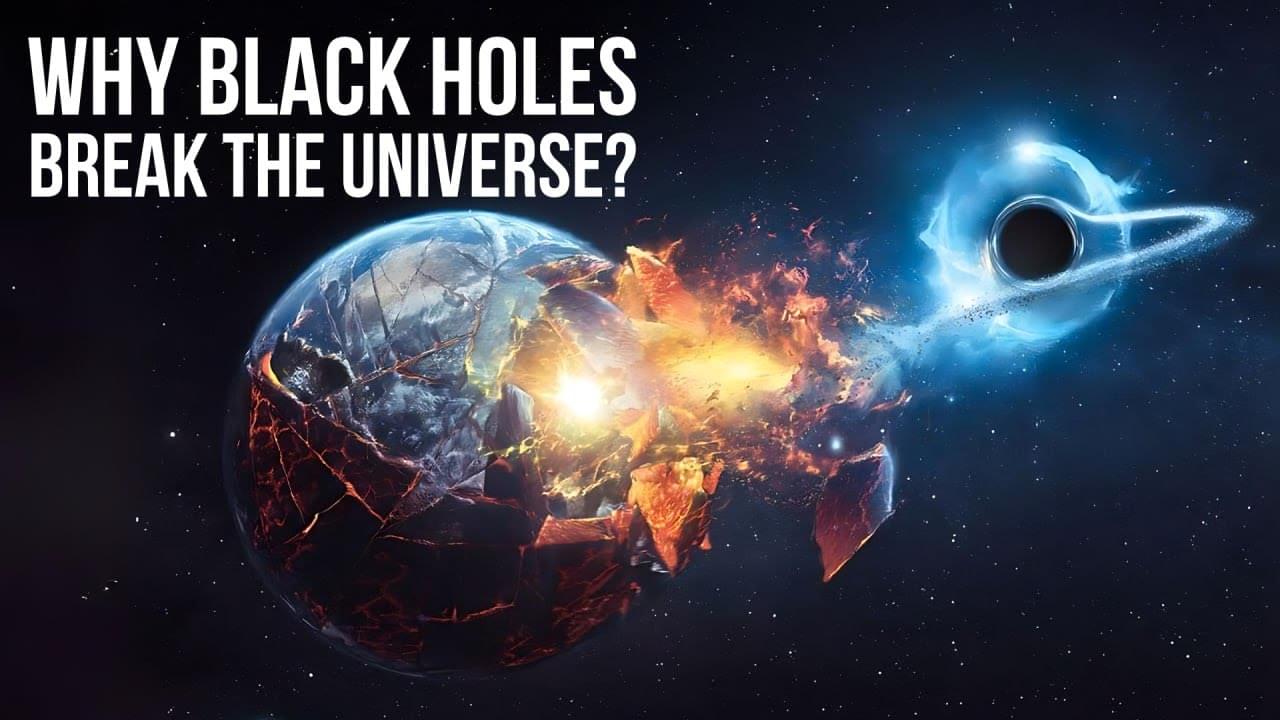
They say that we ultimately lose information once it enters a black hole, but is this really the case? Let’s find out on today’s video. Have you ever wondered what happens to information when it falls into a black hole? Does it get destroyed forever? Does it arrive somewhere else? Does it enter a girl’s bookcase and call it for Murf? Is there a way for it to escape? Today, we’re diving into one of the biggest mysteries in physics: the black hole information paradox. But first, why should we care? Well, in case a black hole suddenly pops up in your bedroom or office table, this paradox sits at the intersection of quantum mechanics and general relativity, the two pillars of modern physics, and solving it could unlock new understandings of the universe itself. So, let’s get started. Our journey begins with looking at the basics of black holes and the paradox that has puzzled scientists for decades.
Like any good explainer, let’s begin with the basics. What exactly is a black hole? In simple terms, a black hole is a region in space where gravity is so strong that nothing, not even light, can escape from it. No Brad, it’s not a challenge; calm down. This happens when a massive star collapses under its own gravity, compressing all its mass into an incredibly small, incredibly dense point known as a singularity. Surrounding the singularity is the event horizon, the boundary beyond which nothing can return. Think of the event horizon as the ultimate point of no return. Once you cross it, you’re inevitably pulled towards the singularity, and there’s no way back. Feel like you know well about black holes? Great. Now let’s talk about Hawking radiation. In the 1970s, Stephen Hawking proposed that black holes aren’t completely black; instead, they emit a type of radiation due to quantum effects near the event horizon. This radiation, aptly named Hawking radiation, suggests that black holes can slowly lose mass and energy over time, eventually evaporating completely. But here’s where things get tricky: Hawking radiation is thermal. By that, we don’t mean that it’s smoking or anything, but that it appears to carry no information about any of the stuff that fell into the black hole. And this brings us to the heart of our mystery: the black hole information paradox. How can the information about the material that formed the black hole and fell into it be preserved if it’s seemingly lost in the radiation? With this foundation in place, I feel that we’re now ready to explore the paradox itself and the various theories proposed to resolve it.
–
DISCUSSIONS \& SOCIAL MEDIA
Continue reading “Are Black Holes Cosmic Vaults or Information Gateways?” »
Jul 23, 2024
Nanoscale high-entropy liquid metal alloys promise advancements in catalysis and materials science
Posted by Dan Breeden in categories: evolution, nanotechnology, science
Researchers synthesize high-entropy liquid metal alloys at nanoscale, achieving atomic dispersion of noble metals and demonstrating enhanced catalytic activity for hydrogen evolution.
Jul 23, 2024
Whoever Controls Electrolytes will Pave the way for Electric Vehicles
Posted by Dan Breeden in categories: chemistry, energy, sustainability, transportation
Whoever Controls #Electrolytes will Pave the way for #ElectricVehicles.
Team from the Dept of Chemistry at POSTECH have achieved a breakthrough in creating a gel electrolyte-based battery that is both stable and commercially viable…
Team develops a commercially viable and safe gel electrolyte for lithium batteries. Professor Soojin Park, Seoha Nam, a PhD candidate, and Dr. Hye Bin Son from the Department of Chemistry at Pohang University of Science and Technology (POSTECH) have achieved a breakthrough in creating a gel electrolyte-based battery that is both stable and commercially viable. Their research was recently published in the international journal Small.
Continue reading “Whoever Controls Electrolytes will Pave the way for Electric Vehicles” »
Jul 23, 2024
Engineers develop safe and long-cyclable lithium metal battery for high temperatures
Posted by Shailesh Prasad in category: biotech/medical
In recent years, batteries have become ubiquitous in consumers’ daily lives. However, existing commercial battery technologies, which use liquid electrolytes and carbonaceous anodes, have certain drawbacks such as safety concerns, limited lifespan, and inadequate power density particularly at high temperatures.
Yet, there is an increasing need for batteries that can operate in extreme conditions, such as the high temperatures required in various industrial sectors, including medical device sterilization, subsurface exploration, and thermal reactors.
This has prompted researchers to search for solid electrolytes that are safe and compatible with lithium metal anodes, which are known for their high theoretical specific power capacity.

